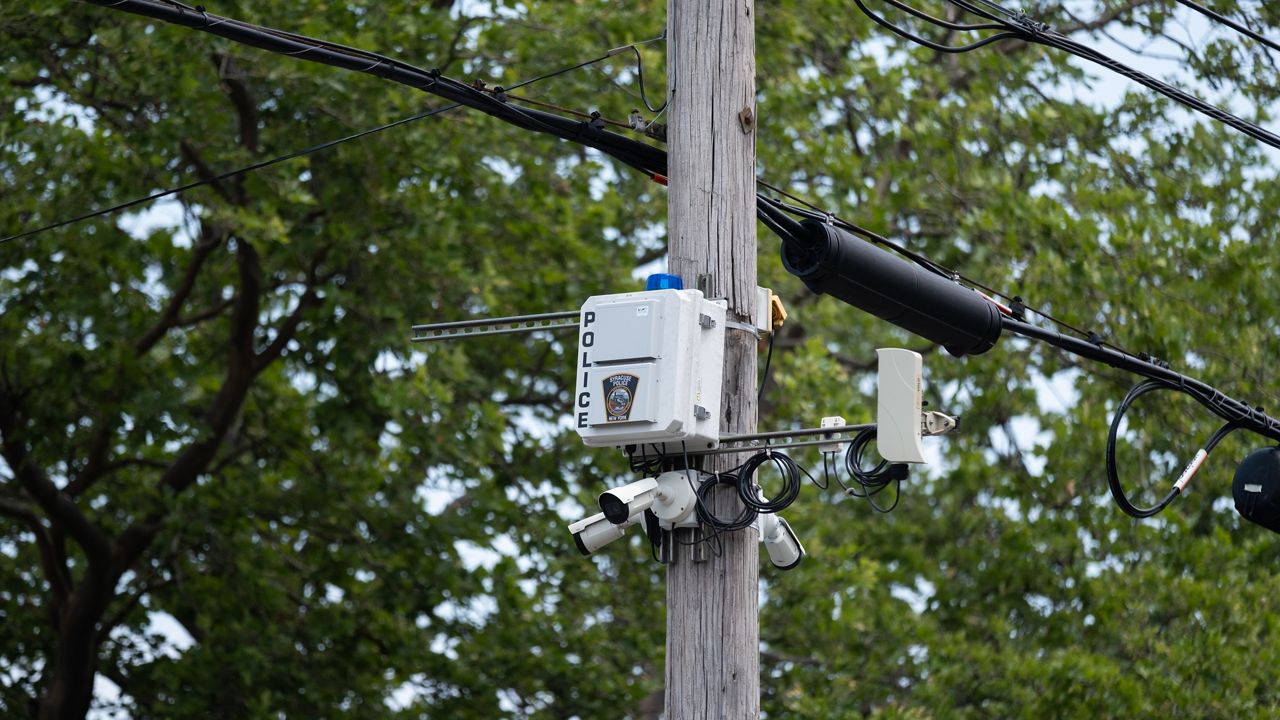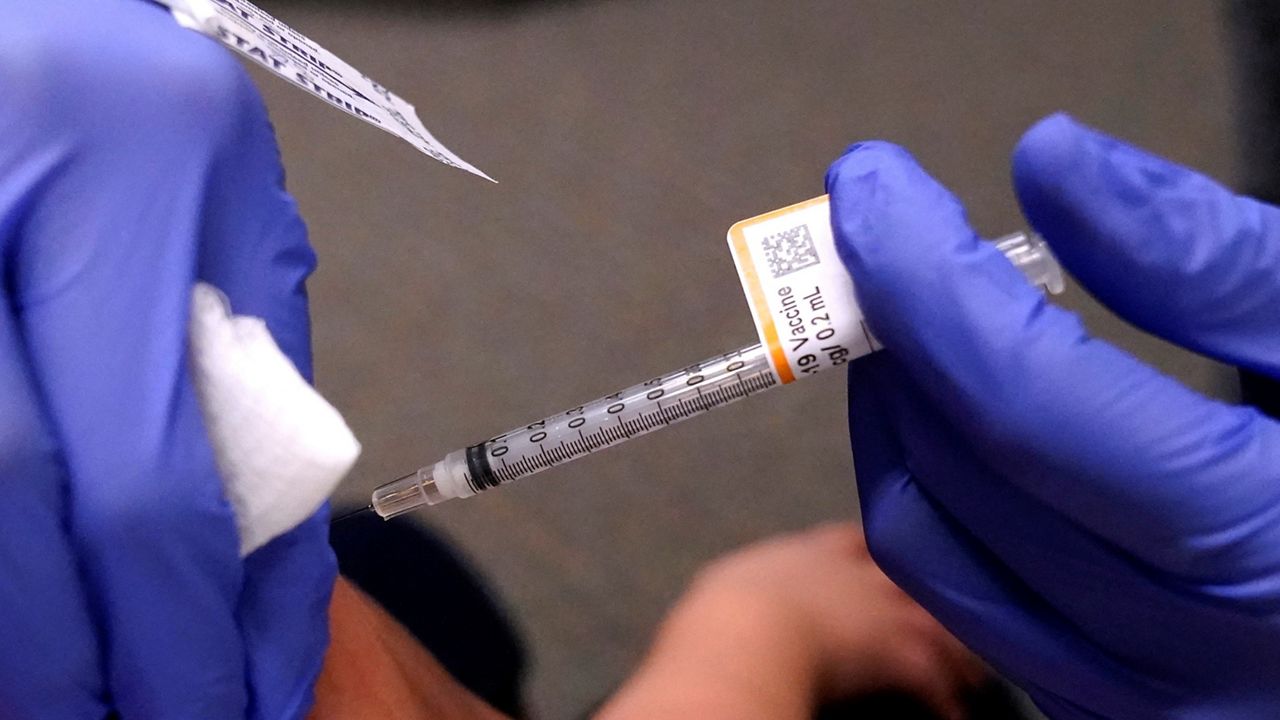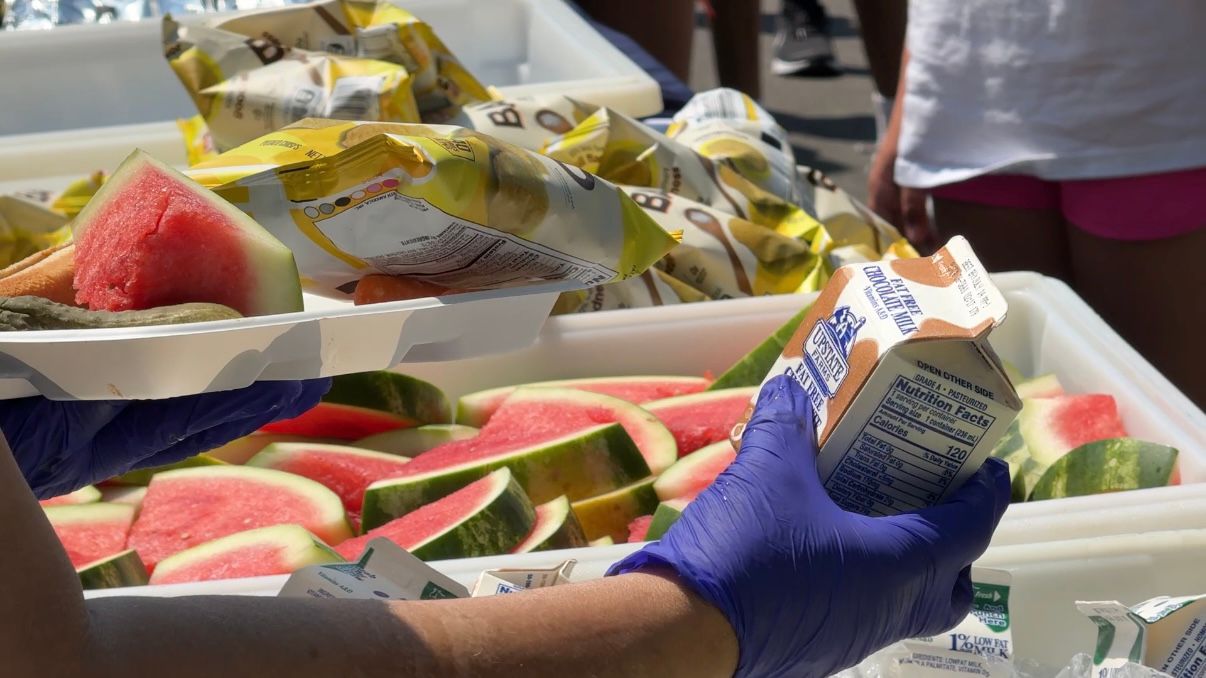President Donald Trump's spending plan is now before the U.S. Senate, going through reconciliation after being passed by the House last month. The original bill makes changes to the Supplemental Nutrition Assistance Program, or SNAP, which currently provides food assistance to more than 40 million people across the country. An independent review estimates nearly 4 million people could lose benefits as a result.
“If they cut your stamps, what are you going to do? We’re all going to be on the streets going through garbage cans, no? It’s crazy,” said Donna Whitley, who receives SNAP benefits for her disabled daughter. She does agree that changes need to be made when it comes to who can receive SNAP.
“Well, some of them take advantage of them. You know, they can come out of rehab, they come out of jail. They get SNAP, why? Make them get a job. Here I’m struggling working hard and we can’t get anything because we make $7 over,” said Whitley.
The president's spending plan proposes cuts to SNAP over the next decade — largely through stricter work requirements Republicans say will reduce fraud and waste. The White House says the changes also require more contributions from states to control cost.
“This bill stops it cold," said Republican Rep. Nick Langworthy of the 23rd Congressional District. "With tough enforcement, eligibility checks and a full crackdown on waste, fraud and abuse. We also bring back work requirements for able-bodied adults without dependents. It’s just common sense."
There are people trying to find solutions whether the SNAP cuts are approved or not.
“We’re not a store for bargain shoppers, we’re primarily here to help the food insecure,” said Pastor Mike Servello, the founder and CEO of Compassion Coalition, a nonprofit organization in Utica that helps the community with their needs. In 2018, they opened Bargain Grocery to assist individuals in a food desert area.
“We’re in talks with people in the government right now, both Democrats and Republicans," Servello said. "It’s a time to have a paradigm shift in the food system and re-think how we’re addressing food insecurity, food prices, etc. So we’re talking about our model. As I said, our prices are about 25% of what they’re paying in a regular store."
He says that even with SNAP benefit changes, a shopper is going to get the same if not more at their store.
“I’m a bargain hunter. I have to be to survive,” said Whitley.







